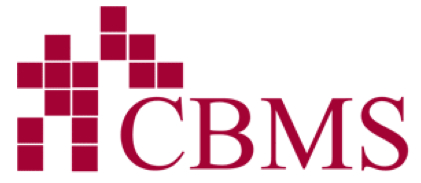The Joint Policy Board for Mathematics, consisting of AMS, ASA, MAA, and SIAM has issued the following statement on Mathematics and Statistics Community Engagement with NSF Big Ideas:
Background: In 2016, the National Science Foundation (NSF) introduced its ten Big Ideas, (see https://www.nsf.gov/news/special_reports/big_ideas/index.jsp?WT.mc_id=USNSF_51) identifying areas of national importance for future investment at the frontiers of science and engineering (S&E). These ideas include several in which mathematics and statistics play a key role, including Harnessing the Data Revolution, Understanding the Rules of Life, and the Quantum Leap. In her testimony before the Subcommittee on Research and Technology for the Committee on Science, Space, and Technology United States House of Representatives, NSF Chief Operating Officer Joan Ferrini-Mundy signaled the role these ideas may play in funding decisions: “Funding the research that will advance these ideas, and efforts to develop the talented people who can pursue them, will push forward the frontiers of U.S.- based science and engineering, contribute to innovative approaches to solving some of the most pressing problems the world faces, and lead to unimagined discoveries that can change lives.”
Our Imperative: The NSF is the only federal agency that funds basic research in all fields of fundamental S&E, and over 60 percent of funding for research in the mathematical sciences comes from the NSF. Because the Big Ideas will guide NSF investment over the next decades and, according to Ferrini-Mundy, because the “important research ideas often transcend the scope of a single discipline or program,” the mathematical sciences community must support the NSF by working in tandem with our partners in S&E fields. Calls for collaboration are not new: The National Research Council’s 2013 The Mathematical Sciences in 2025 outlined opportunities for mathematicians and statisticians to engage in transdisciplinary research and called for mathematics and statistics teaching that better aligns with other disciplines, and A Common Vision for Undergraduate Mathematical Sciences Programs in 2025 galvanized the mathematical sciences community around a modern vision for undergraduate programs to prepare future generations of mathematical scientists capable of contributing to these transdisciplinary initiatives. Statistics and Science: A Report of the 2013 London Workshop on the Future of the Statistical Sciences also emphasized the importance of statisticians and statistics students engaging non-statistician researchers.
These Big Ideas are already driving forward new funding opportunities for the mathematical and statistical science research communities, such as Transdisciplinary Research in Principles of Data Science (TRIPODS) and the NSF-Simons Research Centers for Mathematics of Complex Biological Systems (MathBioSys).
It is critically important that mathematical scientists engage in the conversations that the NSF Big Ideas have launched, whether by participating in upcoming workshops on Big Ideas topics, responding to special funding solicitations, or by communicating key research needs to NSF. We encourage all mathematical and statistical scientists to become familiar with the Big Ideas, and contribute in a substantial way to the NSF’s research agenda.
The Joint Policy Board for Mathematics consists of the American Mathematical Society, the American Statistical Association, the Mathematical Association of America, and the Society for Industrial and Applied Mathematics. The Board has nearly 55,000 mathematicians and scientists who are members of the four organizations.
